Best Practices Articles

The Benefits of Interdisciplinary AI Education for the Future Workforce
As Artificial Intelligence (AI) revolutionizes industries worldwide, the demand for a highly skilled workforce in AI technologies is surging. However, traditional education systems often fail to keep pace with the rapid evolution of AI, creating a significant gap between academic training and the needs of modern industries. Interdisciplinary AI education has emerged as a transformative solution to bridge this divide.
By integrating AI concepts with fields such as healthcare, finance, environmental science, and creative arts, interdisciplinary AI education equips students with technical proficiency and critical soft skills, including creativity, problem-solving, and adaptability. This article delves into the multifaceted benefits of interdisciplinary AI education and its vital role in shaping a workforce prepared to tackle tomorrow’s challenges.
Understanding Interdisciplinary AI Education
Interdisciplinary AI education combines foundational AI training with domain-specific knowledge, enabling students to apply AI principles to real-world problems in various sectors. This holistic approach fosters collaboration, innovation, and a nuanced understanding of how AI enhances specific fields. Check out New Jersey Institute of Technology's interdisciplinary programs.
Core Components of Interdisciplinary AI Education
- Foundational AI Training: Courses in machine learning, data science, and AI ethics form the technical backbone.
- Domain-Specific Learning: Specialized instruction in healthcare, environmental science, or business.
- Collaborative Projects: Hands-on opportunities to solve real-world problems using AI tools and methodologies.
- Soft Skill Development: Emphasis on teamwork, communication, and leadership to prepare students for interdisciplinary collaboration.
Why Interdisciplinary AI Education Matters
Addressing Complex Industry Challenges
Modern challenges, from climate change to global healthcare crises, require multifaceted solutions. Interdisciplinary AI education equips students to integrate AI with specialized knowledge, enabling them to address these pressing issues effectively.
- Example: Predictive analytics in healthcare for early disease detection, combining AI algorithms with medical expertise.
Promoting Skill Diversity
Employers increasingly seek candidates with both technical and sector-specific skills. Interdisciplinary AI education bridges this gap, preparing students to meet diverse industry needs.
- Outcome: Graduates possess a unique blend of AI expertise and practical knowledge, making them highly desirable in the job market.
Enhancing Adaptability
Industries evolve rapidly, and interdisciplinary training ensures professionals can transition seamlessly between roles and address emerging challenges.
- Benefit: Lifelong learning becomes second nature, empowering workers to thrive in dynamic environments.
Key Benefits of Interdisciplinary AI Education
1. Equipping Students with Technical and Practical Skills
Interdisciplinary programs teach students how to apply AI technologies to sector-specific problems. For instance:
- Healthcare: Developing machine learning models to optimize hospital operations or diagnose diseases.
- Environmental Science: Creating predictive models to monitor deforestation or optimize renewable energy usage.
- Public Policy: Using AI to analyze large datasets and develop evidence-based strategies for societal improvement.
By merging technical knowledge with practical applications, graduates are well-equipped to meet industry demands and drive meaningful change.
2. Fostering Innovation and Creativity
Innovation often emerges at the crossroads of disciplines. Interdisciplinary AI education encourages creative thinking and novel problem-solving approaches.
- Example: A creative arts student designs generative AI tools for media production and revolutionizes content creation.
- Outcome: This integration fosters groundbreaking ideas that traditional, siloed education models cannot achieve.
3. Promoting Collaboration and Teamwork
Interdisciplinary programs emphasize teamwork, where students from diverse backgrounds collaborate on projects. This nurtures essential communication and problem-solving skills.
- Real-World Scenario: In a healthcare AI project, data scientists, clinicians, and engineers work together to develop diagnostic tools, ensuring holistic solutions.
4. Preparing for Industry-Specific Applications
AI in Healthcare
Interdisciplinary AI education equips students to address healthcare challenges effectively.
- Applications: Predictive patient analytics, AI-driven diagnostics, and personalized medicine.
- Case Study: AI-powered imaging tools for cancer detection rely on collaborations between engineers and medical experts.
AI in Environmental Science
The integration of AI in environmental studies has the potential to drive sustainable practices.
- Examples: Machine learning models for tracking wildlife populations or optimizing water resource management.
- Impact: Graduates contribute to creating a sustainable future while leveraging advanced technologies.
AI in Business and Finance
Interdisciplinary training ensures students understand the intersection of AI and business strategies.
- Key Areas: Fraud detection, customer behavior analysis, and supply chain optimization.
- Skills Gained: Ability to analyze large datasets, derive actionable insights, and implement AI-driven business solutions.
AI in Media
Students with interdisciplinary AI training can enhance content creation through automated tools, such as video editing software, augmented reality apps, and AI-generated imagery.
Expanding the Scope of Interdisciplinary AI Education
AI and Social Sciences
Integrating AI with social sciences unlocks new possibilities for analyzing human behavior and societal trends. Students learn to apply AI tools in psychology, sociology, and public policy.
- Applications: Predictive models for understanding voting behaviors, AI-powered sentiment analysis for mental health monitoring.
- Outcome: Professionals contribute to more effective policymaking and social interventions.
AI in Creative Industries
Creative industries benefit from AI-driven tools that enhance artistic expression and streamline production.
- Examples: Generative AI for content creation, AI-assisted music composition, and automated video editing tools.
- Impact: Students with interdisciplinary training in AI and arts drive innovation in media and entertainment.
AI in Education
AI’s role in education extends beyond teaching technical skills. Interdisciplinary programs prepare educators to integrate AI into curricula effectively.
- Key Areas: Personalized learning, automated grading systems, and AI-driven student engagement analytics.
- Result: Enhanced learning experiences tailored to individual needs.
AI in Global Development
Students can work on global challenges like poverty reduction and resource allocation by integrating AI with economics and international relations.
- Case Study: AI-driven models to predict and mitigate food shortages in underserved regions.
Addressing Challenges in AI Education
Bridging the Skills Gap
One primary goal of interdisciplinary AI education is aligning academic training with industry needs. Students acquire the in-demand skills employers seek, facilitating a smoother transition from academia to the workplace.
Enhancing Diversity and Inclusion
Interdisciplinary programs foster inclusivity by encouraging participation from diverse backgrounds.
- Initiatives: Scholarships and outreach programs targeting underrepresented groups.
- Result: A more diverse AI workforce capable of addressing societal challenges equitably.
Promoting Ethical AI Practices
Ethical considerations are central to interdisciplinary AI education, ensuring graduates prioritize fairness and accountability.
- Focus Areas: Bias mitigation, algorithmic transparency, and data privacy.
- Example: Designing AI systems that uphold ethical standards and avoid unintended harm.
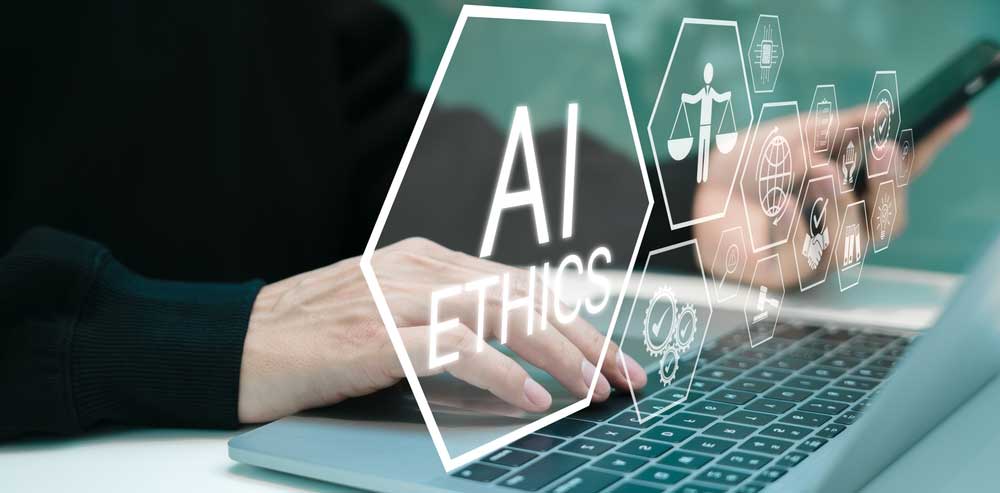
The Future of Work and Interdisciplinary AI Education
Meeting Workforce Demands
As industries increasingly adopt AI technologies, the need for interdisciplinary expertise will only grow. Employers value candidates who can bridge technical AI knowledge with domain-specific insights.
Encouraging Lifelong Learning
Interdisciplinary programs instill adaptability, ensuring professionals continuously update their skills.
- Example: Workers trained in interdisciplinary AI can seamlessly transition to fields like AI-powered biotechnology or autonomous systems.
Driving Economic Growth and Innovation
By equipping the workforce with interdisciplinary AI skills, educational institutions contribute to broader economic progress. Skilled professionals drive innovation, boost efficiency, and help businesses remain globally competitive.
Conclusion
Interdisciplinary AI education is a game-changing approach to preparing the workforce for an AI-dominated future. This educational model equips students with the creativity, adaptability, and collaborative skills necessary to excel in diverse industries by integrating technical proficiency with domain-specific knowledge.
From healthcare to finance and environmental science, the benefits of interdisciplinary AI education are vast and transformative. As AI redefines industries, investing in such programs is not just an educational strategy but a commitment to a future where technology and human ingenuity work hand-in-hand to solve the world’s most pressing problems.
Expanding interdisciplinary AI education ensures we meet the demands of a rapidly evolving global workforce. The innovations and societal advancements driven by this approach will shape a future where AI augments human capabilities and fosters sustainable progress and equitable growth.
By empowering a generation of professionals to combine AI expertise with creativity and ethics, interdisciplinary education paves the way for a brighter, more inclusive technological era.
Read our article on Why AI in Education is Crucial for Workforce Readiness.
Best Practices Guidebook
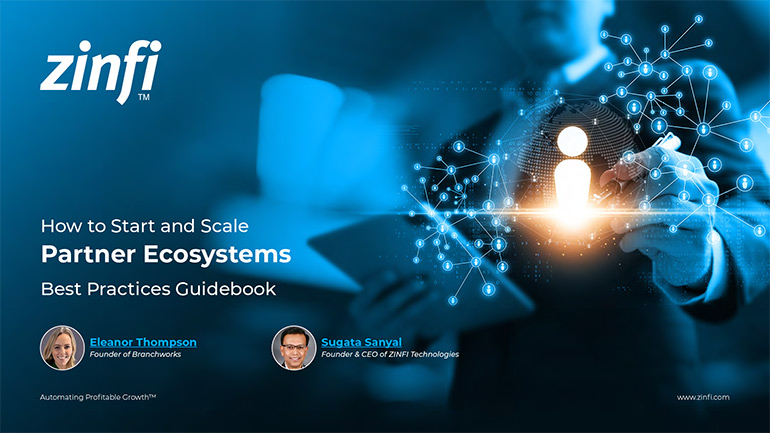 How to Start and Scale Partner Ecosystems Best Practices
How to Start and Scale Partner Ecosystems Best PracticesDownload Guide
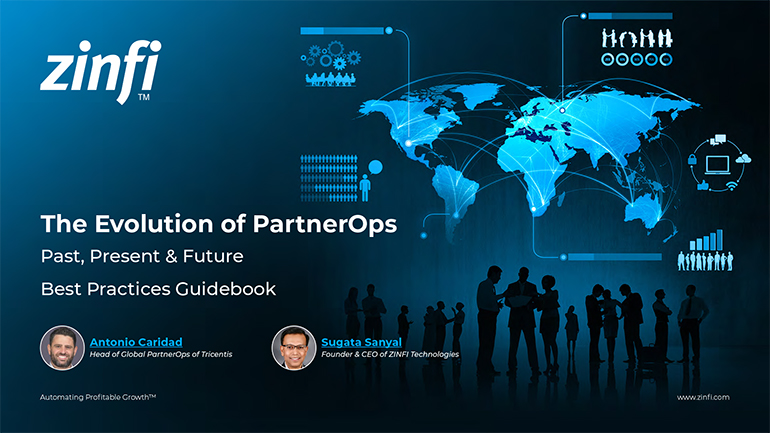 The Evolution of PartnerOps: Past, Present & Future Best Practices
The Evolution of PartnerOps: Past, Present & Future Best PracticesDownload Guide
 Mastering Channel Sales: Strategies, Best Practices, and Growth Tactics for 2025
Mastering Channel Sales: Strategies, Best Practices, and Growth Tactics for 2025Download Guide
 Winning with Partner Advisory Councils: Best Practices for Partner Engagement & Growth
Winning with Partner Advisory Councils: Best Practices for Partner Engagement & GrowthDownload Guide
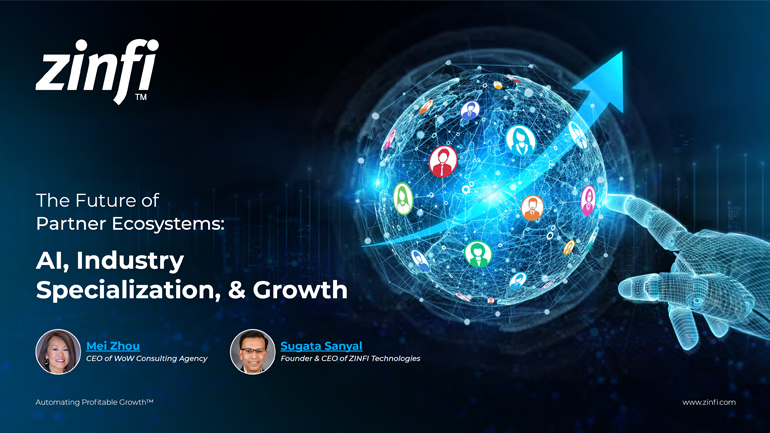 The Future of Partner Ecosystems Best Practices
The Future of Partner Ecosystems Best PracticesDownload Guide
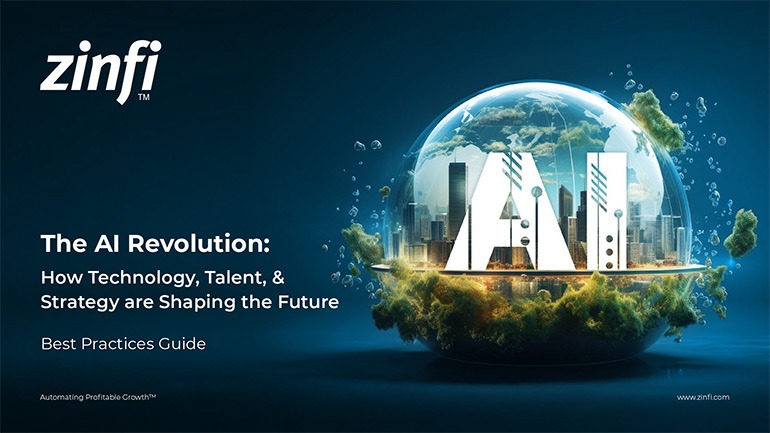 The AI Revolution: How Technology and Talent are Shaping the Future
The AI Revolution: How Technology and Talent are Shaping the FutureDownload Guide
 Top 105 Partner Management Metrics that Matter Best Practices
Top 105 Partner Management Metrics that Matter Best PracticesDownload Guide
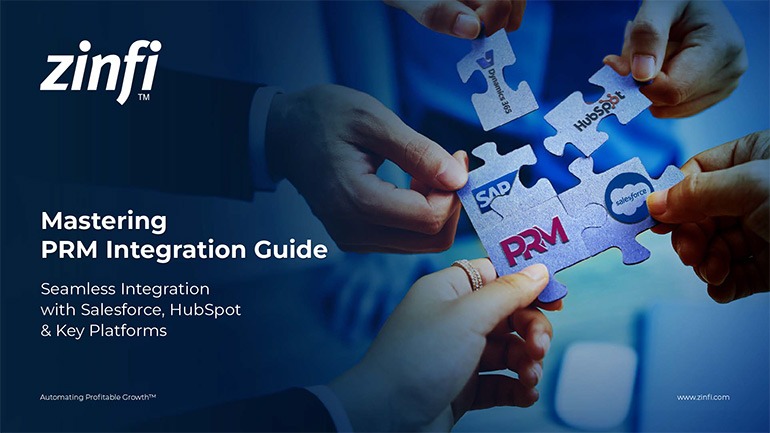 Mastering PRM Integration Best Practices
Mastering PRM Integration Best PracticesDownload Guide
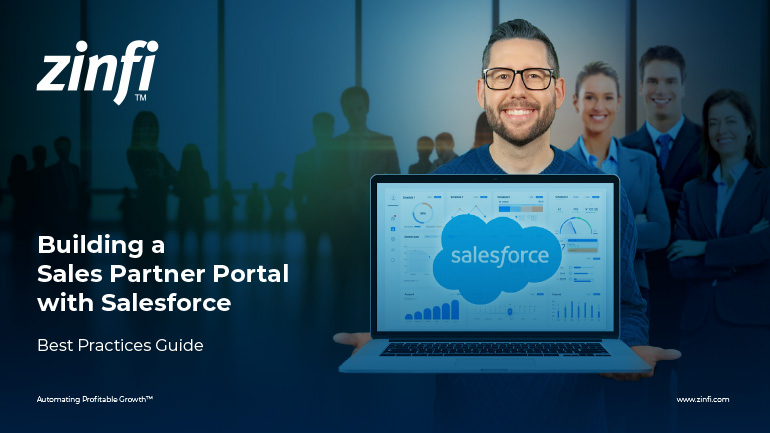 Building a Sales Partner Portal with Salesforce Best Practices
Building a Sales Partner Portal with Salesforce Best PracticesDownload Guide
 Building and Managing Partner Ecosystems Best Practices
Building and Managing Partner Ecosystems Best PracticesDownload Guide
 Mastering Co-Marketing and Co-Selling Best Practices
Mastering Co-Marketing and Co-Selling Best PracticesDownload Guide
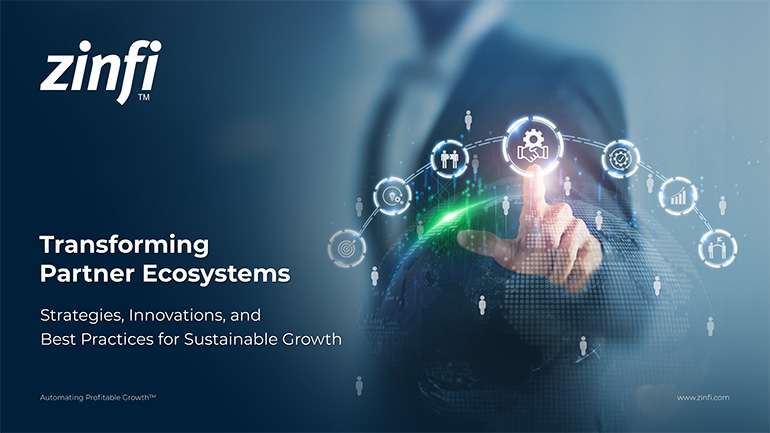 Transforming Partner Ecosystems Best Practices
Transforming Partner Ecosystems Best PracticesDownload Guide
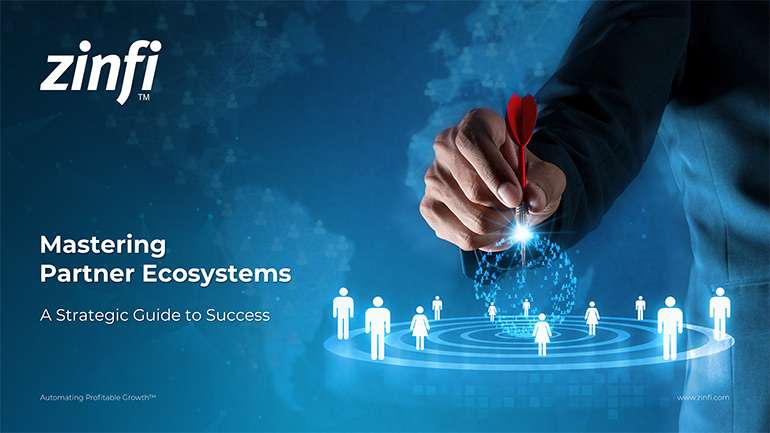 Mastering Partner Ecosystems Best Practices
Mastering Partner Ecosystems Best PracticesDownload Guide
 Mastering Partner Onboarding Best Practices
Mastering Partner Onboarding Best PracticesDownload Guide
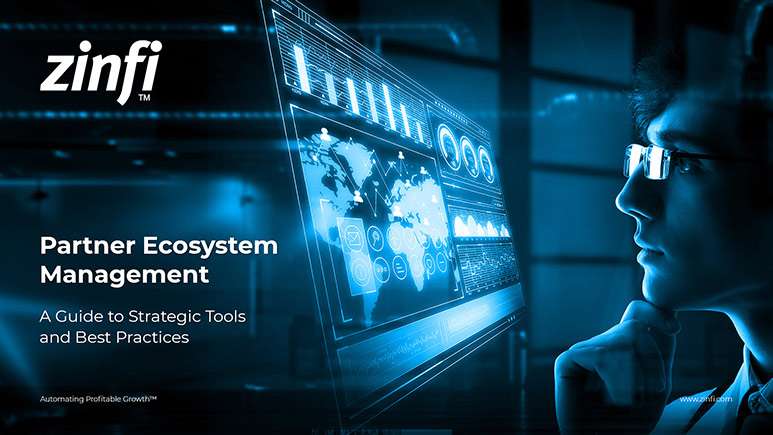 Partner Ecosystem Management Best Practices
Partner Ecosystem Management Best PracticesDownload Guide
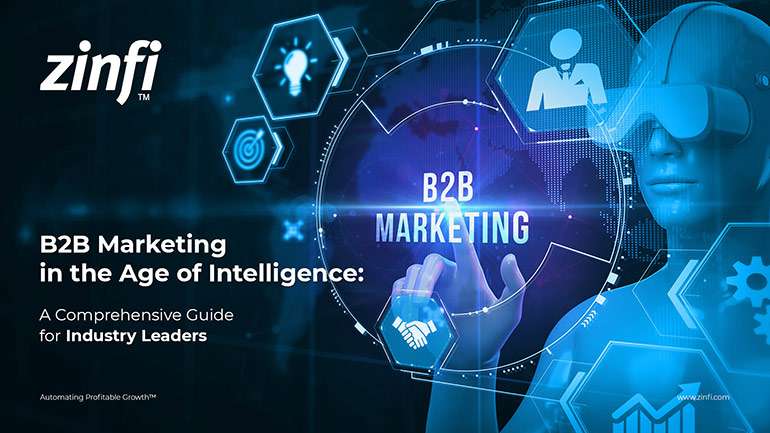 B2B Marketing in the Age of Intelligence Best Practices
B2B Marketing in the Age of Intelligence Best PracticesDownload Guide
 Multi-Partner Co-Selling Best Practices
Multi-Partner Co-Selling Best PracticesDownload Guide
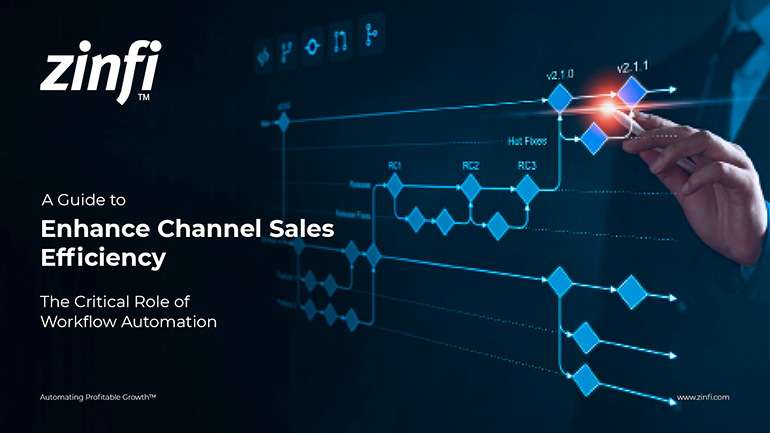 A Guide to Enhance Channel Sales Efficiency
A Guide to Enhance Channel Sales EfficiencyDownload Guide







